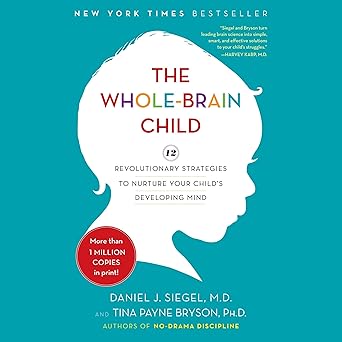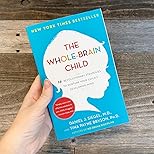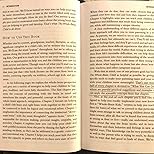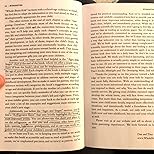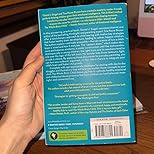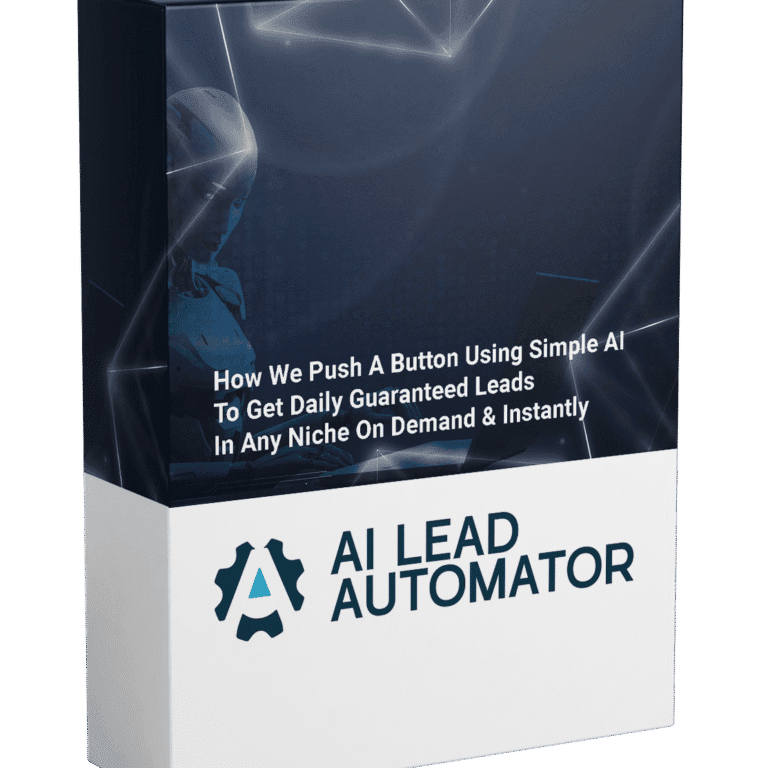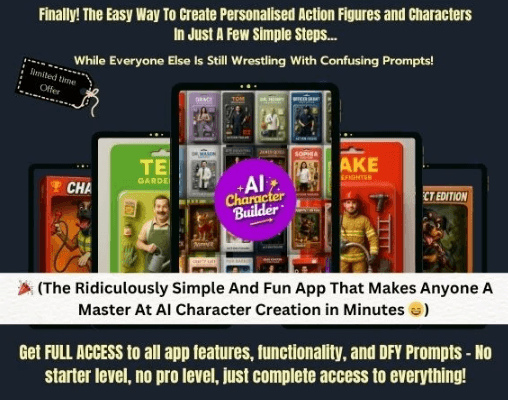I’ll be honest: I once thought ‘training your child’s brain’ sounded like science fiction. My daughter was in full meltdown mode (we’re talking seventh-level apocalypse) at the grocery store when a friend whispered, ‘You need The Whole-Brain Child.’ Skeptical but out of options, I dove in… and, shockingly, it wasn’t all theory. From brain basics to ‘aha!’ moments, the book had me rethinking everything—even my own reactions.
1. The Brain Isn’t a Computer—It’s a Rollercoaster (and That’s Good News)
Forget everything you thought you knew about child brain development. If you’ve ever been told that kids just need to “use their heads” or “think before they act,” you’re not alone. But here’s the truth: your child’s brain isn’t a neat, logical computer. It’s more like a wild rollercoaster—full of twists, turns, and unexpected drops. And honestly? That’s fantastic news for every real parent (and even the skeptics among us).
Why ‘Logic vs. Emotions’ Is Yesterday’s News
Let’s talk about the classic battle: logic versus emotions. For years, parents have been told to help their children “be rational” or “calm down and think.” But The Whole-Brain Child flips this old advice on its head. Instead of seeing logic and emotion as enemies, the book introduces the idea of the “upstairs brain” and the “downstairs brain.”
- Downstairs brain: This is the emotional center—think big feelings, impulses, and those epic meltdowns in the grocery store.
- Upstairs brain: This is where reasoning, decision-making, and self-control live. It’s the part that says, “Maybe don’t throw that spaghetti at the wall.”
Here’s the kicker: the “upstairs brain” (the part responsible for logic and emotional intelligence in children) isn’t fully built until your child hits their mid-twenties. Yes, you read that right—mid-twenties! So when your five-year-old has a meltdown over the color of their cup, it’s not bad parenting or a “difficult child.” It’s neuroscience in action.
Personal Story: The Day My Son Tried to Eat Play-Doh
Let me paint you a picture. My son, age three, sits at the kitchen table, surrounded by a rainbow of Play-Doh. Suddenly, he grabs a chunk and pops it in his mouth. I freeze. He grins, blue goo oozing from his teeth. My first instinct? “Why would you do that?!” But then I remember what I’ve learned from The Whole-Brain Child.
His “downstairs brain” is running the show—curious, impulsive, driven by sensation. The “upstairs brain” (the one that would say, “Hmm, maybe Play-Doh isn’t food”) is still under construction. Instead of scolding, I try a different approach: “That looks silly! Play-Doh is for playing, not eating. Let’s make a pretend pizza instead.”
It’s a small moment, but it’s a window into understanding child behavior neuroscience. When you know what’s happening inside your child’s developing mind, you can respond with empathy—and maybe even a little humor.
How Emotions Rule Until Age 25 (And Why That’s Oddly Comforting)
Here’s a fact that might just change your parenting game: research shows the “upstairs brain” (decision-making, logic, emotional regulation) isn’t fully developed until the mid-twenties. That means emotions often rule the roost, from toddler tantrums to teenage drama. It’s not just your kid—it’s every kid.
And honestly? That’s a relief. If you’ve ever worried that your child’s wild emotions or impulsive choices mean you’re failing as a parent, take a breath. You’re not alone. As one reviewer put it:
“This book was a total eye-opener for me as a parent. The Whole-Brain Child breaks down how a child’s brain works in such a simple and relatable way.” – Sweta Rawal
Understanding that emotional intelligence in children is a journey—not a destination—takes the pressure off. You’re not supposed to “fix” your child’s feelings or force them to act like mini-adults. Instead, you get to guide them, connect with them, and help their brains grow—one rollercoaster ride at a time.
What the Science (and Parents) Say
- 83% of reviewers give The Whole-Brain Child a glowing 5-star rating for its practical, science-backed strategies.
- Studies indicate that integrating both emotional and rational responses leads to balanced development and happier, more resilient kids.
- Parents love how the book makes complex neuroscience simple, offering real-life tools for everyday challenges.
So next time you’re faced with a meltdown, a wild idea, or a baffling behavior, remember: your child’s brain is still under construction. And that’s not just normal—it’s a sign of healthy, vibrant child brain development. Embrace the rollercoaster. You’re doing better than you think.
2. 12 Revolutionary Strategies that Actually Work (Even When You’re Running on Three Hours of Sleep)
Let’s be honest: parenting isn’t always a picture-perfect Instagram moment. Sometimes, it’s more like a wild, unpredictable reality show—especially when you’re running on fumes and coffee. That’s exactly where The Whole-Brain Child shines, offering 12 Revolutionary Strategies that don’t just sound good on paper—they actually work in the trenches of real life. If you’re searching for practical parenting strategies that are “day-to-day proof,” this book is your new best friend.
From ‘Name It to Tame It’ to ‘Connect and Redirect’—What Works in the Wild World of Parenting
Ever felt like your child’s meltdown is a mystery you’ll never solve? You’re not alone. The authors, Daniel J. Siegel and Tina Payne Bryson, break down the science of your child’s developing mind into simple, actionable steps. Two of the most-loved strategies—‘Name It to Tame It’ and ‘Connect and Redirect’—are game changers:
- Name It to Tame It: When your child is overwhelmed by big feelings, help them put words to what they’re experiencing. Research shows that labeling emotions can actually calm the brain, making it easier for kids to move from meltdown to manageable.
- Connect and Redirect: Instead of jumping straight to discipline, connect emotionally first. Once your child feels heard, you can gently guide them toward better choices. It’s a simple shift, but it works wonders for building trust and reducing power struggles.
These aren’t just theories. Real parents rave about how these parenting strategies 2025 have changed their daily routines. One reviewer, Sweta Rawal, shared, “The strategies are practical and easy to try at home. Things like ‘name it to tame it’ and ‘connect and redirect’ have already made a difference in how I handle meltdowns or tough moments.”
Practical, Not Overwhelming: Tools for Every Family
What sets The Whole-Brain Child apart from other parenting books 2025 recommendations is its focus on making brain science accessible—and dare we say, even fun. You’ll find cartoons, cheat sheets, and age-based tips that make it easy to apply these strategies whether you’re parenting a toddler or a tween. The book’s approach is refreshingly down-to-earth. You don’t need a PhD in neuroscience to get it; you just need a willingness to try something new.
One grandparent, Tammy Spencer, captured this perfectly:
“I wish this was a book I had read back then to help me sort out some of the struggles understanding a child’s brain. It’s such an easy read and really simplifies things. I highly highly recommend.”
And it’s not just for parents in traditional households. Grandparents, single parents, and even blended families are finding these tools invaluable. As one reviewer put it, “Whether you’re a new parent or an experienced one, this book is a must-read for understanding how kids think and feel.” – CherylRR
Science-Backed, But Not Boring (Thanks, Cartoons and Cheat Sheets!)
Worried about another dry, jargon-filled parenting manual? Don’t be. The Whole-Brain Child is packed with illustrations and real-life examples that make the science approachable. The authors explain how the “upstairs brain” (the part responsible for logic and decision-making) is still under construction in kids—and how you can use this knowledge to respond with empathy instead of frustration. Studies indicate that integrating different parts of the brain helps children manage emotions and behavior more effectively, and this book shows you exactly how to do it.
With over 20,280 reviews on Amazon (as of June 2025) and a paperback price around $15.75, it’s clear that these 12 Revolutionary Strategies are resonating with families everywhere. The testimonials speak for themselves—parents are seeing real changes, not just in their kids, but in their own confidence and calm.
Why Even Skeptics Are Swayed
Still not sure? Even skeptical reviewers admit the strategies are relatable and easy to use. The blend of neuroscience and practical advice means you’ll have tools you can reach for in any situation—tantrums, sibling fights, or those moments when you’re just trying to make it through the day. And with age-based tips and visual guides, you’ll never feel lost or overwhelmed.
Ready to try something that actually works, even when you’re running on three hours of sleep? The Whole-Brain Child is the parenting book you’ll wish you’d found sooner.
3. From Kids to Grown-Ups: Surprising Ways The Whole-Brain Child Makes Life Better (Spoiler: It Might Even Help Your Inner Five-Year-Old)
Let’s be honest: when you first hear about The Whole-Brain Child, you probably imagine a book stacked with parenting tips, tantrum hacks, and maybe a few neuroscience parenting tips sprinkled in for good measure. But here’s the twist—this book isn’t just for parents wrangling toddlers or teachers managing a classroom. It’s for anyone who’s ever felt their own “inner five-year-old” threatening to take the wheel during a stressful moment. And yes, that includes you, whether you’re a parent, a partner, a manager, or just someone trying to keep it together on a Monday morning.
What makes The Whole-Brain Child so powerful is its focus on emotional and intellectual development through practical, science-backed strategies. The authors, Daniel J. Siegel and Tina Payne Bryson, break down complex neuroscience into simple, relatable advice. You’ll learn how to use child brain integration techniques—like “connect and redirect” or “name it to tame it”—to help kids move from emotional chaos to calm, logical thinking. But here’s the kicker: these same techniques work wonders for adults, too.
Don’t just take my word for it. One reviewer, LacrYmosa Wolf, put it perfectly:
“I didn’t think that reading this was going to make me see things that I can use to help myself with my own emotions but it did.”
That’s the magic of this book. It’s not just about raising calmer, happier kids—it’s about helping you become a calmer, happier grown-up. Research shows that mindfulness and “calming brain” skills are universally applicable, whether you’re three or thirty-three. The book’s 12 revolutionary strategies are designed to nurture the developing mind, but they’re just as effective for managing your own stress, frustration, or even those old family triggers that never seem to go away.
Here’s a little personal tangent: I once caught myself using the “connect and redirect” approach at work. Picture this—tensions are high, a colleague is spiraling, and my first instinct is to jump in with logic and solutions. But instead, I paused, acknowledged their feelings (“Wow, this is really overwhelming, isn’t it?”), and only then gently steered the conversation toward problem-solving. It was awkward at first—felt almost silly, honestly—but the shift was immediate. The room calmed, defenses dropped, and suddenly we were collaborating instead of clashing. Turns out, neuroscience parenting tips aren’t just for the playground.
And it’s not just me. With over 20,280 global reviews and a stellar 4.7 average rating on Amazon, readers from all walks of life are discovering that these tools go far beyond childhood. One parent shared how the book helped them “clear old wounds and start fresh” with their adult daughter. Another found the strategies just as useful for self-reflection and calming their own tempers as for handling their kids’ meltdowns. The age range for these techniques? From toddlers to pre-teens—and yes, adults, too.
Now, let’s get a little wild. What if schools replaced detention with “connect and redirect” sessions? Imagine a world where instead of punishment, students are taught to understand and regulate their emotions—using the same integration techniques that help kids (and adults) shift from emotional outbursts to thoughtful responses. It’s not just wishful thinking; some educators are already experimenting with these ideas, and the results are promising. The ripple effect could be huge: fewer power struggles, more empathy, and a generation better equipped for emotional and intellectual development.
So, whether you’re a skeptic or a seasoned parent, The Whole-Brain Child offers more than just parenting wisdom. It’s a toolkit for anyone who wants to grow, connect, and thrive—at home, at work, or anywhere life gets messy. The science is clear, the strategies are simple, and the results? Well, they speak for themselves. Maybe it’s time to give your inner five-year-old (and everyone else in your life) the gift of a whole-brain approach.
Ready to see what all the fuss is about? Your brain—no matter its age—will thank you.
TL;DR: The Whole-Brain Child isn’t your typical dry parenting manual. Packed with clever (and occasionally oddball) science-backed tools, it makes sense of kids’ wild emotions and shows you how to respond like a pro—without raising your blood pressure.

